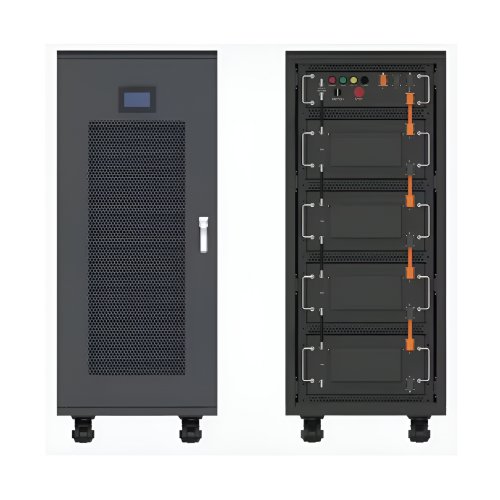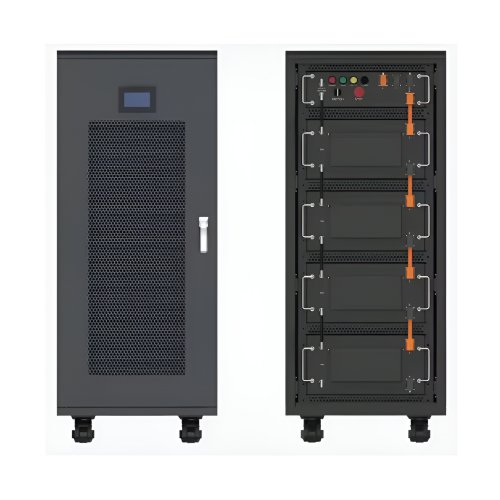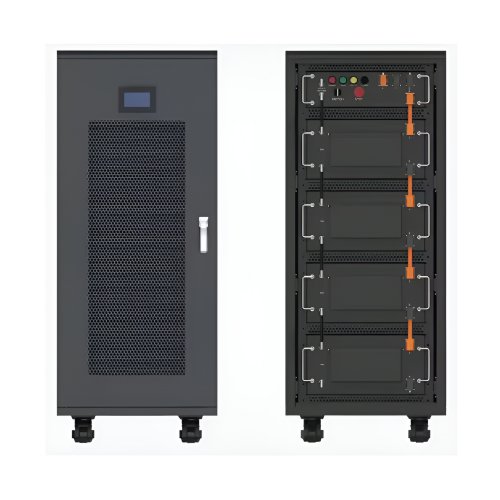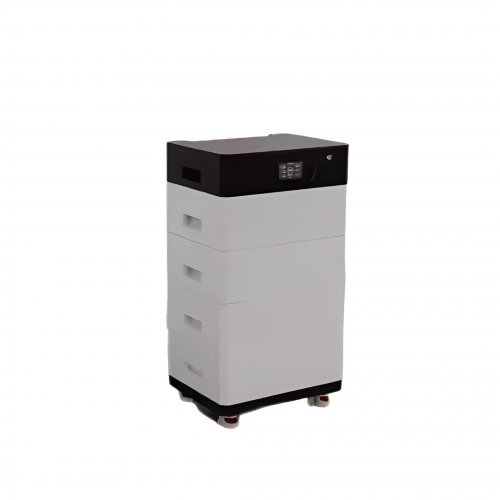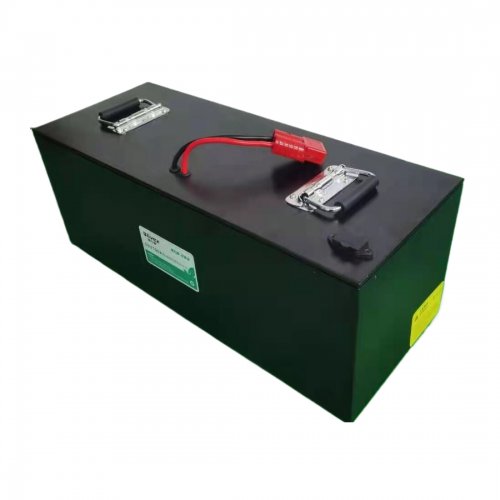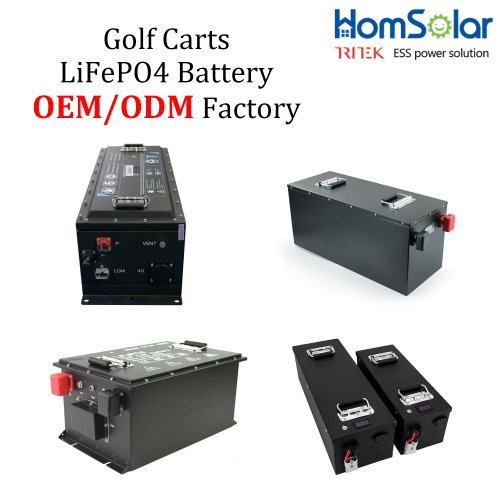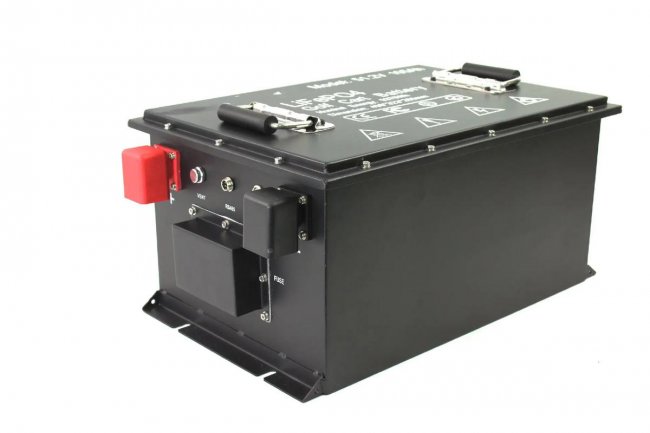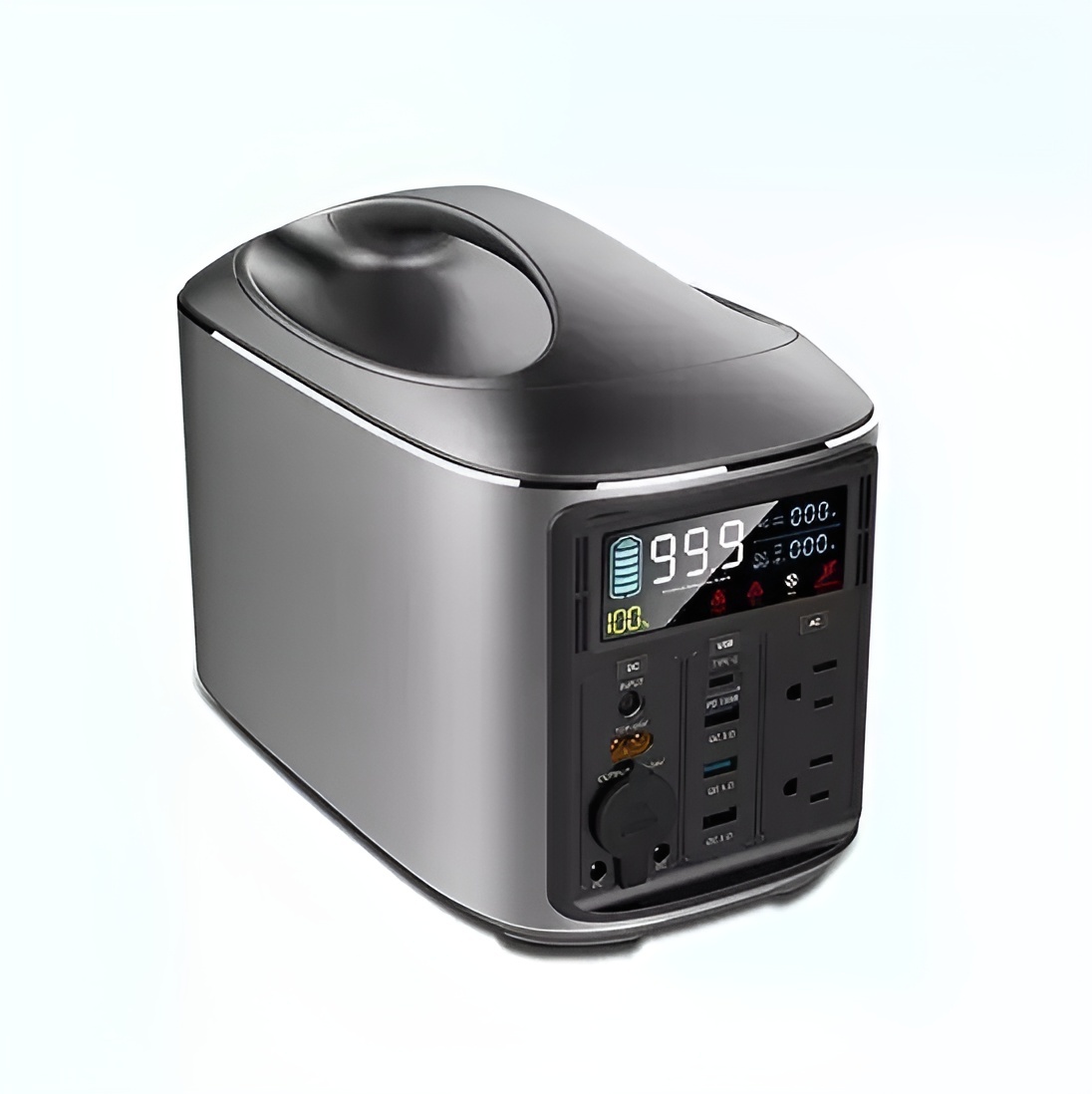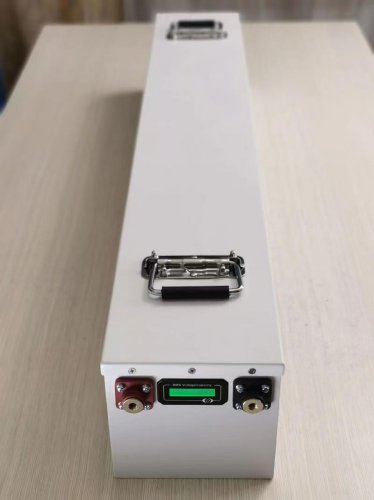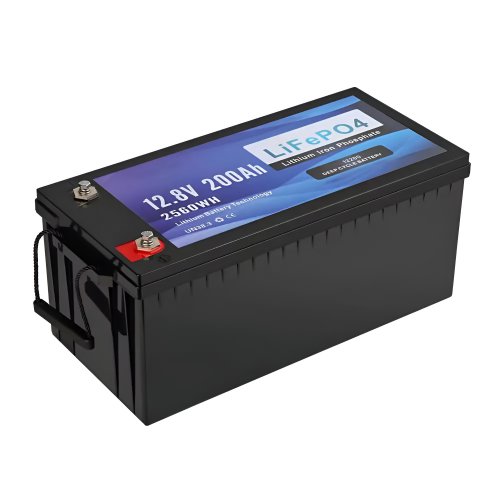Advances In Solid-state Synthesis: From High-throughput Exploration To Atomic-scale Precision
Solid-state synthesis, the foundational method for preparing crystalline inorganic materials, has long been the workhorse of solid-state chemistry and materials science. Traditionally reliant on the direct heating of powdered precursors in sealed containers at high temperatures, this "heat and beat" approach has yielded countless functional materials, from high-temperature superconductors to lithium-ion battery cathodes. However, the field is undergoing a profound transformation, driven by the integration of advanced computational guidance, novel synthesis pathways, and sophisticated characterization techniques. The modern era of solid-state synthesis is characterized by a shift from empirical, trial-and-error discovery towards a more predictive and precise science, enabling the creation of previously inaccessible materials with tailored properties.
Computational Guidance and High-Throughput Experimentation
A paradigm shift in the initial discovery phase is the tight integration of computational thermodynamics and machine learning with experimental synthesis. Pioneering work by groups such as those at the Materials Project has democratized access to vast databases of calculated material properties. Researchers can now screen thousands of hypothetical compounds for thermodynamic stabilityin silicobefore ever entering the laboratory. For instance, Sun et al. (2016) demonstrated the power of this approach by computationally identifying 19 promising new lithium-ion battery cathode materials and successfully synthesizing and testing one of them, a previously unknown vanadium-based compound.
This computational pre-screening is powerfully coupled with high-throughput (HT) solid-state synthesis. Automated robotic systems can now prepare hundreds of sample pellets with varying compositions, heating profiles, and atmospheres simultaneously. These HT platforms, often integrated with rapidin situorex situX-ray diffraction, allow for the rapid mapping of phase diagrams. A landmark achievement in this area was the discovery of a series of new complex nitrides by Talley et al. (2021), who used a combination of computational predictions and HT synthesis to explore ternary nitride systems, uncovering materials with promising optoelectronic properties that had been overlooked for decades. Machine learning models are further accelerating this cycle by learning from both successful and failed synthesis attempts, predicting not just stability but also optimal synthesis conditions, such as the required annealing temperature and time, as shown in the work of Aykol et al. (2018).
Overcoming Kinetic Limitations: Novel Synthesis Pathways
Traditional solid-state synthesis is often limited by slow solid-state diffusion, which can prevent the formation of metastable phases or lead to inhomogeneous products. Recent breakthroughs have focused on developing synthesis pathways that bypass these kinetic barriers.
One of the most impactful developments is the use of "flux" methods with low-melting-point solvents and mechanochemical synthesis. Flux growth, long used for growing large single crystals, is now being repurposed for the discovery of new phases. The flux acts as a reactive medium that enhances dissolution and transport, facilitating the formation of kinetically stable compounds at lower temperatures. This approach was spectacularly successful in the synthesis of a host of new iridates and other complex oxides that are unattainable by direct solid-state reaction.
Mechanochemistry, which utilizes mechanical force to induce chemical reactions, has emerged as a versatile and often greener alternative. By grinding precursors in a ball mill, reactions can be initiated at or near room temperature, avoiding the high temperatures that can lead to the decomposition of desired metastable products. The work of James et al. (2012) on the synthesis of porous organic frameworks has inspired its application to inorganic materials, leading to the discovery of new polymorphs of zeolites and metal-organic frameworks (MOFs). Furthermore, techniques like microwave-assisted synthesis provide rapid, volumetric heating, enabling extremely fast reaction times and sometimes yielding unique particle morphologies and phases not accessible through conventional furnace heating.
Pushing the Limits of Non-Equilibrium Synthesis
For the most challenging metastable materials, researchers are pushing the boundaries with extreme condition synthesis. High-pressure synthesis in multi-anvil presses or diamond anvil cells creates unique chemical environments where elements can adopt unusual coordination geometries and oxidation states. This method was crucial for the recent synthesis of novel high-temperature superconductors, such as the clathrate superconductor LaH₁₀, which exhibits superconductivity at near-room temperature under extreme pressure (Drozdov et al., 2019).
Another frontier is the synthesis of epitaxial thin films using techniques like pulsed laser deposition (PLD) and molecular beam epitaxy (MBE). While not "bulk" solid-state synthesis, these methods represent its extension to low-dimensionality and interface control. They allow for the layer-by-layer construction of complex oxide heterostructures, where novel electronic phenomena, such as interfacial superconductivity and magnetism, emerge. The synthesis of the conducting interface between two insulating oxides, LaAlO₃ and SrTiO₃, is a classic example of how such precise synthesis can create entirely new states of matter.
Characterization and the Future: Towards Atomic-Scale Control
The progress in synthesis is inextricably linked to advances in characterization. The ability to probe reactionsin situusing synchrotron X-ray diffraction, neutron scattering, and transmission electron microscopy (TEM) is providing unprecedented insights into reaction mechanisms. No longer are researchers limited to analyzing only the final product; they can now observe phase evolution, intermediate compounds, and structural transformations in real-time. This mechanistic understanding is key to moving from a phenomenological to a predictive synthesis science.
Looking forward, the future of solid-state synthesis lies in achieving atomic-scale precision and autonomy. The concept of the "materials synthesis genome" is taking shape, where the pathways and rules for constructing specific structures are encoded and optimized. Closed-loop, autonomous laboratories represent the ultimate convergence of computation, robotics, and synthesis. In such a system, an AI-driven algorithm designs an experiment, a robotic platform executes the synthesis, and rapid characterization feeds the data back to the algorithm, which then designs the next experiment. This iterative cycle, free from human bias and latency, promises to dramatically accelerate the discovery of new functional materials for energy storage, quantum information science, and beyond.
In conclusion, solid-state synthesis has evolved far beyond its traditional roots. It is now a dynamic, interdisciplinary field where computational prediction, innovative low-temperature and high-pressure pathways, and real-time characterization are converging. This synergy is not only unlocking a new generation of materials with bespoke properties but is also fundamentally deepening our understanding of how matter forms and transforms in the solid state.
References:Aykol, M., et al. (2018).Nature Communications, 9(1), 1-7.Drozdov, A. P., et al. (2019).Nature, 569(7757), 528-531.James, S. L., et al. (2012).Chemical Society Reviews, 41(1), 413-447.Sun, W., et al. (2016).Science Advances, 2(4), e1600225.Talley, K. R., et al. (2021).Nature Materials, 20(7), 946-952.
Customized/OEM/ODM Service
HomSolar Supports Lifepo4 battery pack customization/OEM/ODM service, welcome to contact us and tell us your needs.


HomSolar: Your One-stop LiFePO4 Battery Pack & ESS Solution Manufacturer
Our line of LiFePO4 (LFP) batteries offer a solution to demanding applications that require a lighter weight, longer life, and higher capacity battery. Features include advanced battery management systems (BMS), Bluetooth® communication and active intelligent monitoring.

Customised Lithium Iron Phosphate Battery Casing
ABS plastic housing, aluminium housing, stainless steel housing and iron housing are available, and can also be designed and customised according to your needs.

HomSolar Smart BMS
Intelligent Battery Management System for HomSolar Energy Storage System. Bluetooth, temperature sensor, LCD display, CAN interface, UART interface also available.


Terminals & Plugs Can Be Customized
A wide range of terminals and plugs can be customised to suit the application needs of your battery products.

Well-designed Solutions for Energy Storage Systems
We will design the perfect energy storage system solution according to your needs, so that you can easily solve the specific industry applications of battery products.



About Our Battery Cells
Our energy storage system products use brand new grade A LiFePO4 cells with a battery lifespan of more than 4,000 charge/discharge cycles.



Applications in Different Industries
We supply customized & OEM battery pack, assemble cells with wiring, fuse and plastic cover, all the cell wires connected to PCB plug or built BMS.
Applications: E-bike, Electric Scooter, Golf Carts, RV, Electric Wheelchair, Electric Tools, Robot Cleaner, Robot Sweeper, Solar Energy Storage System, Emergency Light, Solar Power Light, Medical Equipment, UPS Backup Power Supply.
We can provide you with customized services. We have the ability to provide a vertical supply chain, from single cells to pack/module and to a complete power solution with BMS, etc.


HomSolar (Shenzhen) Technology Co., Ltd







